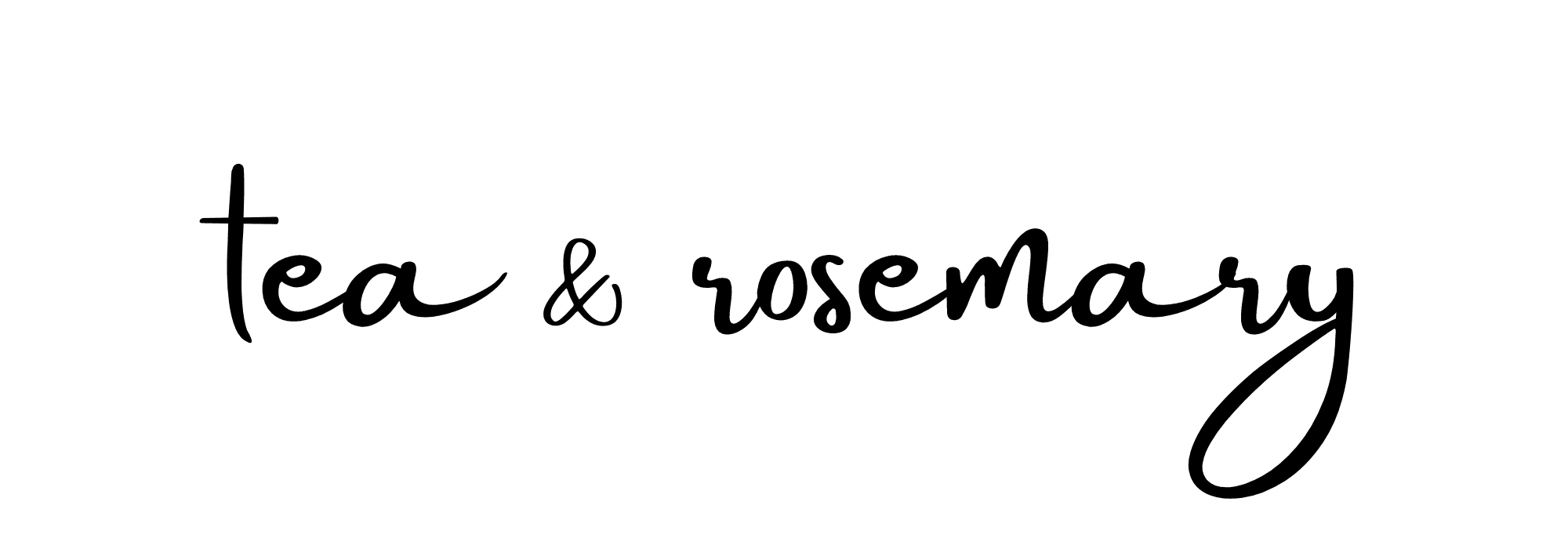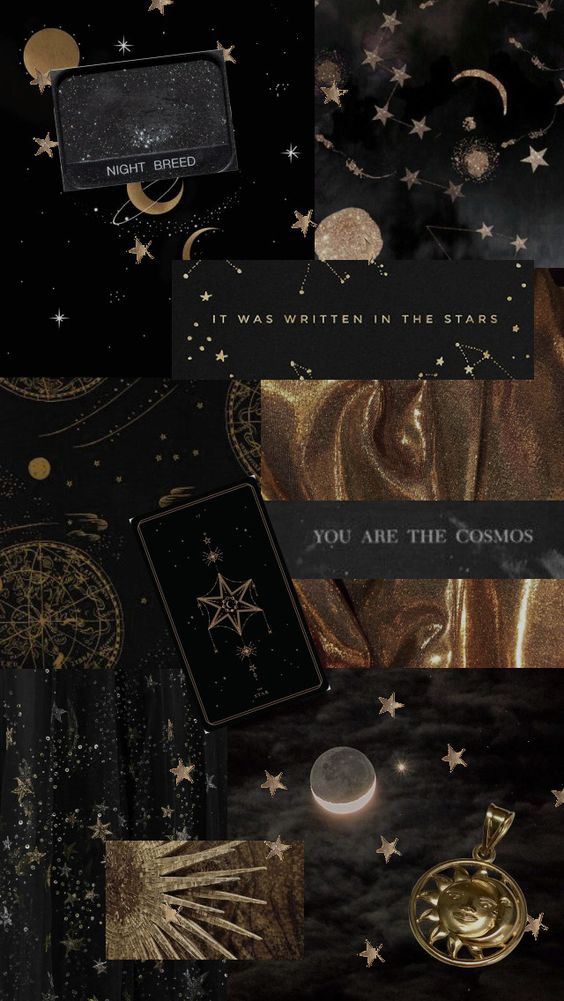Learning astrology is hard. I remember when I first got a copy of my natal chart: I was completely overwhelmed.
There are so many symbols, placements, and houses, and just when you’ve got those down, you remember that there’s a secondary grid full of aspects.
I made a lot of mistakes during my astrology journey and eventually figured out why my readings weren’t working, so I’m writing this post to help out others who are making similar mistakes, because it’s really frustrating when a reading just doesn’t work!
These are the 5 most common mistakes that I see beginner astrologers making; I made all of these errors myself. And here’s the thing: I don’t really care about mistakes at all if the reading is accurate, but I’ve found that these 5 mistakes in particular cause readings to be extremely inaccurate, which is why I think they’re so important to correct.
Related Posts:
- An Introduction to Astrology Compatibility
- Lilith Astrology: The Wild Woman In The Signs & Houses
- Juno Astrology: What You Need For a Relationship to Last
Here are the top 5 mistakes I regularly see beginner astrologers make!
5. You Only Study The Big Three
Most regular folks only know their sun sign, but when you dig a bit deeper, you first learn that your sun sign, moon sign, and ascendant (or rising sign) are the most important placements in your chart.
This is great if you just want to dabble, but if you’re hoping to get deeper into astrology, then you need to realize that there is way more than just these big three signs.
For example, my big three are mostly fire signs. Looking at that, anyone would say that I’m ambitious, outgoing, and aggressive. And yes, I am all of these things, but I also have 6 planets in Pisces, meaning I’m super sensitive, musically inclined, into the occult and divination, etc. I cry easily and don’t like to be around people for too long because I’m so energetically sensitive. If you only looked at my big three signs, you wouldn’t get an accurate reading on me.
If you have only been studying your big three signs, I recommend taking the plunge and learning about other planets. A great way to begin is with the CoStar app, especially if reading full-on charts feels too daunting.
The CoStar app (this post isn’t sponsored, BTW, I just think this app is the best for beginners) tells you what sign and house each of your planets is in. It’s a clear layout of your chart (if you don’t know the symbols) that you can use to then do your own research.
If you’re already doing this, consider taking the next step by beginning to work with your actual char. It’s key in astrology to eventually see the chart laid out before you; the natal chart helps you to put it all together instead of reading each placement completely separately.
Related: Moon Transits: How the Moon Affects You On A Daily Basis
4. You Make Things Either Good Or Bad
When you first begin, you might want to assign “good” or “bad” attributes to each planet, sign, house, or aspect.
I remember the first time I looked at a synastry chart (which is a chart that shows the relationship between two people) for myself and my boyfriend at the time. I googled each placement and aspect, trying to determine if the relationship was good or bad.
I saw a lot of squares, which I didn’t like, and measured them against the trines. I decided that our relationship was mostly bad and felt discouraged.
The thing is, none of my assumptions were correct. Squares are difficult because they force change, which can be good in the long run; trines can be too easy leaving no attraction between the partners. We’re happily engaged now, by the way.
There are so many ways that you could look at your chart in black and white. You might think that Saturn is bad because it means limitations or karma; the South Node is bad and the North Node is good.
I encourage you to let go of these beliefs and to look at each placement and aspect as good and bad. Every single piece of your chart has both, and it is your own choices and actions that determine which qualities you express.
For example, with Mars in Libra, you can be extremely petty, manipulative, and can be a bit of a social climber, or you can peaceable and work to solve arguments through logic. This can be one of the most wonderful placements or the most difficult.
The Leo moon can be extremely loving and caring, or it can cause the individual to become prideful and need praise to survive emotionally.
My point is that we have free will, so the way the chart is expressed is always up to the individual.
3. You Try To Learn About Transits First
Your natal chart is a picture of the sky at the exact moment you were born, while a transit chart is a picture of the sky right now.
Many beginner astrologers get their hands on a transit chart and then try to figure out how the current patterns in the sky are impacting their own chart.
While transit astrology is useful, it’s very difficult. It really is an entire study all on its own. If you’re a beginner, this will be super overwhelming and might put you off astrology for good.
In my experience, it’s really difficult to figure out transit astrology if you don’t know regular natal astrology. I always recommend that students start with their own birth charts and the charts of those they know well before moving onto other types of astrological readings.
2. You Only Look At Venus For Love Astrology
This is a pretty specific mistake, yet I see students make this blunder so often that I had to include it.
Repeat after me: your Venus sign does not determine your love life. Venus rules attraction and romance, so some elements of your Venus sign will be present, but Venus is definitely not all that matters.
Juno, Mars, Lilith, and many other placements all come together to form different aspects of your love life. After all, we’re not one-dimensional.
To learn more about the planets that are involved in your love life, check out my post on astrological compatibility here, or take a glance at my eBook all about relationship astrology here.
1. You Try To Make Clear Rules About Each Planet Or Sign
We’re almost all guilty of this one. When you first learn about astrology, the temptation is to try and define each planet and sign into one definition.
This doesn’t work because every sign, as well as every planet, has many different sides to it.
Let’s take Scorpio, for example. Scorpio can be power, obsession, mysticism, the occult, depression, desire, passion, drive, emotion, suspicion, transformation, trauma, etc. I could go on and on with these keywords, but I think this clearly illustrates that one placement just can’t be all of these.
If you have a placement in Scorpio, you might find yourself suspicious, jealous, and obsession. Or, you might find yourself suspicious and driven to overcome this jealous nature, creating transformation. This suspicion may come from trauma (another Scorpionic element) or it might just be a part of your personality. Then again, you might possess other Scorpio qualities but have no suspicion or jealousy at all.
There is no one size fits all with any planet or sign. For this reason, I recommend studying your own chart and the charts of those you know well in order to figure out what side of each sign and planet fits the person. What qualities do you or they have that are from this sign?
Astrology can feel a bit like a science when you get into the technical side of it, but I really believe that it is, at its core, an art. There is a flow to reading a chart that requires an intuitive mind to decipher how a sign or placement fits.
It might take you a while to figure out how each of your placements express themselves or how each sign shows up in your life, but I promise that it’s worth the effort! My point is: remember to apply your knowledge and work with the definitions to fit the situation and planet instead of reading a definition straight from the book or website.


